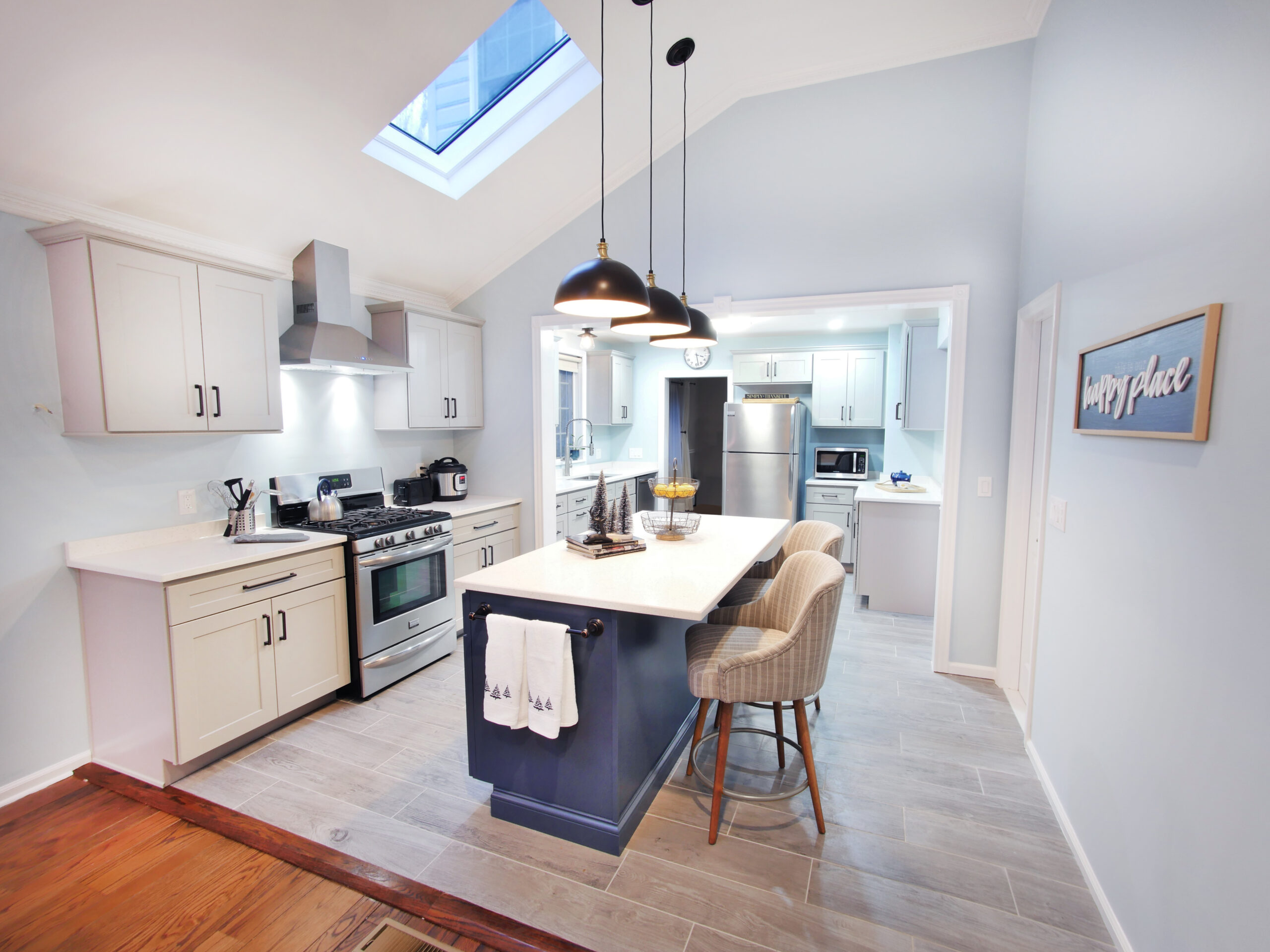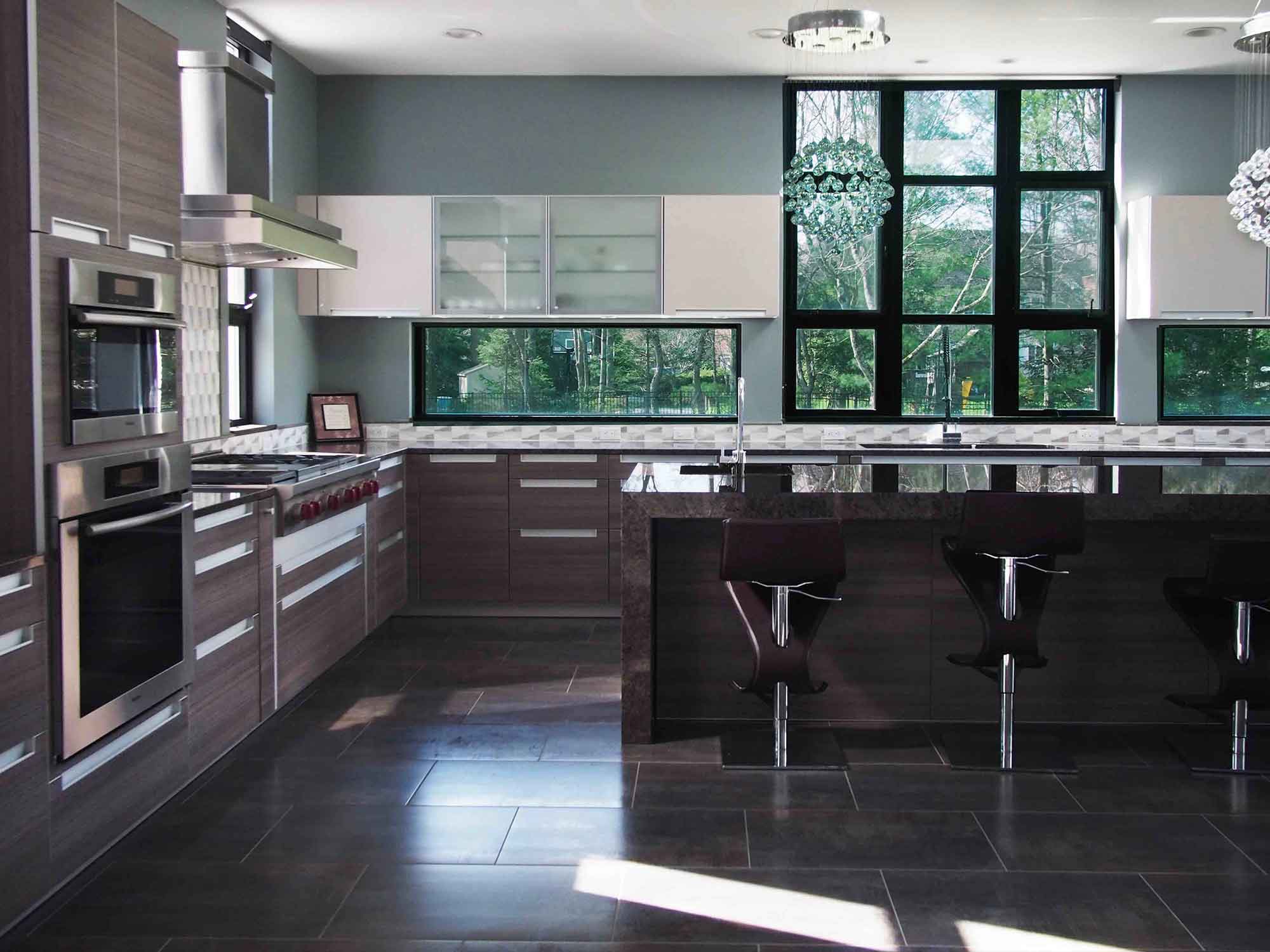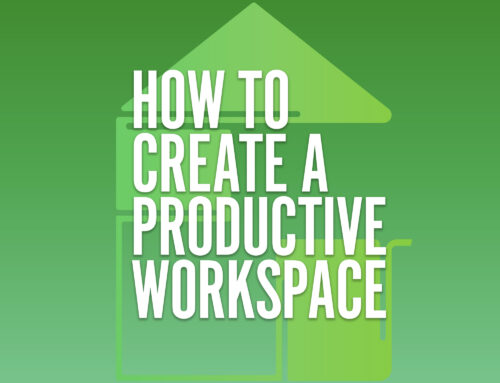No one’s perfect, and when it comes to home organization, many of us don’t even come close. So we called in the experts for some advice on how to tackle the chaos in the messiest rooms of our home. And what we learned is that organization isn’t easy for anyone, but you’ve got to start somewhere. So let’s dive in.
The experts:
Melissa Marcogliese, “the designing real estate agent”
Denaye Barahona, LCSW, therapist founder of Simple Families podcast
Andrea Deinstadt, a professional organizer specializing in the home
There’s no right way to do it – home organization will look different for every family. So before you hunt for that label maker or start color-coding everything in your pantry, sit down and think about who lives in your home. Is there one person who puts things away immediately and another who is the human equivalent of a tornado? Is there a minimalist and a shopaholic? Do you have a list maker paired with a “notes on every scrap of paper” situation?
“There’s a brain-based element to tidiness, and there are a lot of different brains in your house,” says Barahona. “The most important thing is to think about what will work for your family so you can create an organizational system that fits everyone and is really easy for everyone to maintain.”
So as we walk through how to organize three of the messiest rooms in your home, please keep your family in mind.

The family room – purge and curate
First thing’s first – define what you want this space to be. Does your family room double as a playroom? Does everyone gather there to play games or watch TV? Next, take a long, hard look at what the space actually holds at the moment and think about how your family functions (or doesn’t function in the space). Then, take inventory because it’s time to curate your belongings.
“Generally, the number one problem in a family room is clutter, which means that things don’t have a place to live,” says Deinstadt. “We often accumulate stuff without weeding through it on a regular basis. Most items have a certain shelf life, and after that, it’s okay to let them go, including gifts. If it’s no longer serving you, then why is it still hanging around? Or, from an aesthetics point of view, even though grandma made you that quilt, you’ve never liked it, so why keep it? Instead, wash it and donate it. It’s really okay.”
This also goes for books, magazines (with the exception of “Katonah Connect,” of course) and even movies. With the clutter gone, you can determine the best way to organize what’s left.
“I love built-ins,” says Marcogliese. “Whether you have a custom built-in made for your space or you buy a premade unit, built-ins help you achieve a couple of different things. They can help you show off a collection, they take things off surfaces and coffee tables and they look fabulous.”
If your family prefers the clean, modern look with minimal items on display, then closed shelves and drawers are the way to go. But if it’s “out of sight, out of mind,” for any members of your family, then your best bet is open shelves, baskets and trays.
Also, unless it’s really your thing, skip the color coding. Don’t waste your money buying books with the same color spines or assigning a different color basket for each family member – make your life easier and create collections that reflect who you are.
“I’m not a fan of color coding,” says Barahona. “A lot of times, we get sucked into these really beautiful methods of organization, but they’re impossible to keep up unless you have a full-time staff to maintain it. Organization needs to be functional, and it needs to actually work for us, not just be aesthetically pleasing. Otherwise, it turns into one more thing that we’re failing to maintain.”

The kitchen – put things away
The kitchen is the hub of the home. It’s where everyone tends to gather, whether they’re cooking, cleaning, begging for food or doing homework.
It’s also the place where you tend to have doubles, triples or even quadruples of the exact same thing – cooking spoons and knives, pots and pans, mixing bowls and baking trays, etc. all take up valuable space in your kitchen. And keeping them company are piles of permission slips, bills to pay and unopened mail.
“Any kind of single use device is generally not something we need; usually we can find something else to do the same thing,” says Barahona. “What helps me stay sane in the kitchen is having fewer things, even though it forces me to wash more often. I cook almost every night, but I only have three pots – small, medium and large – and I find that gets me through almost any sort of daily cooking that I need to do. If it’s a really big meal, then once I finish with the pot, I’ll wash it, dry it and then reuse it again. But the more items we have available to us, the more dirty dishes we will potentially create at the end of cooking our meal.”
Organizing your kitchen is also about creating practical solutions for everyday problems. In Barahona’s kitchen, one of her biggest frustrations was missing lids for containers and reusable water bottles. So, she created a lid drawer, and now, whenever anyone needs a lid, they know where to find it.
Speaking of drawers…
“If you’re renovating your kitchen, the best thing you can do is switch out your lower cabinets to drawers – they’re much easier to access,” Marcogliese recommends. “And maximize your storage by building cabinets all the way up. Don’t stop and leave that weird space at the top where you can put fake flowers or baskets – they just collect dust. Also, I always create a hidden shelf, cabinet or pocket for a step stool, so you can actually access what’s in those tall upper cabinets.”
And then there’s the clutter (mail, note and reminders, odd-looking items that must be a part of something so you can’t throw them out) that makes it harder to prep and cook in your kitchen.
“Put a decorative file sorter or basket in your kitchen for all the unopened mail and random papers that you cannot immediately recycle,” Deinstadt suggests. “Having a clear counter does so much visually. You want to feel warm and cozy when you walk into your kitchen, and it’s a place where you actually need to get things done. But it’s hard to do that when the clutter is screaming at you.”
“I also try to limit what we keep on the counters,” Deinstadt continues. “That means I put the toaster, the blender, the coffee grinder away when I’m done using them. Instead of keeping them out, I prefer to put something visually pleasing on the counter as an accent piece – it can be a beautiful cookie jar or even a living plant, which brings life into the kitchen and really helps balance the energy.”

The home office – say goodbye to paper
If you’re a fellow paper lover, it’s okay to take a minute and process what we’re about to say: paper is out.
“My big word in offices is simplify, simplify, simplify,” says Marcogliese. Barahona and Deinstadt agree – getting rid of paper means getting rid of clutter. (We’re breathing into a paper bag also, but we promise, it will be okay.)
“You probably don’t need the bank and credit card statements – you can find all your records online,” says Barahona. “So shred the paper that comes in the mail if you can find it online, and sign up for paper-free billing. Then, digitize your other papers, even school forms. I take a picture of any form that comes home and upload it to Evernote or Apple Notes, saving it by name, like ‘field trip on January 13.’ Now I can easily find the information I need, and I’m not searching around the house for that piece of paper.”
You can even use note apps to photograph anything important that you’d typically keep on your desk. You can do the same for things in your wallet, like your library card, insurance cards, etc., so you no longer need to carry them around.
And when it comes to jotting down notes, paper tablets (like ReMarkable, ONYX BOOX Note Air and Kindle Scribe) have come a long way. In fact, some would argue that they’re even better than paper – just hear us out on this one. In addition to being lightweight and allowing you to take notes anywhere, you can write on PDFs, read and write on e-books, and some can turn your handwritten notes into a typed document. Can your sticky notes do that?
Once you’ve shredded and recycled all the unnecessary paper, consider how you’ll handle what papers you still need and then move on to the fun stuff – decorating.
“I have one drawer that holds things that I won’t reference often, but I don’t want to let go of,” says Deinstadt. “I use a vertical filing system for active files, like receipts and current client files, so they aren’t piled up on my desk. And I’m a big fan of small baskets for things like bills I need to pay. Everything else, such as necessary paperwork in case of an audit, goes in boxes in the attic.”
Reducing your paper also allows you to put other office-related things in your drawers in cabinets. Marcogliese even recommends finding a drawer or shelf for your printer.
“If you want a super clean office, then have your built-ins, shelves or furniture painted the same color as the walls,” she says. “When everything is the same color, they’ll disappear, and you have a cleaner, more seamless look.”
Overwhelmed? Here’s how to begin
“Organizing is challenging for everyone,” says Deinstadt. “With our busy schedules and our family’s needs, there’s always something going on. Also, it’s not like you can get organized once and it’s done – it’s a constant process. And if it took years to accumulate all that stuff, it will take some time to undo it, so give yourself some grace when organizing – beating yourself up is counterproductive.”
The best way to begin is to pick one spot in one room and scoop up everything from the floor and surfaces. Place it all in a basket, bring it to an open surface and then begin to sort – keep, file, to-do, recycle, donate, trash. Put back what you’re keeping, file what needs filing, do what needs to be done, and then recycle, donate or throw out the rest. Once that area is done, move on to the next.
If there’s a lot to do, set a timer to make it manageable. Give yourself 15 minutes – you’ll be surprised what you can accomplish. Once your timer goes off, stop! Walk away and do something you enjoy. You can pick up where you left off later or tomorrow.
Once a space is organized, set aside time to maintain it in a way that works for you. It could be 10-15 minutes every morning, an hour once a week – whatever is manageable and fits into your schedule.
And don’t be afraid to try a few different organizational methods before you find the right one for you and your family. Deinstadt says a good rule of thumb is “if you can’t find something, it’s not working!”
This article was published in the January/February 2023 print edition of Katonah Connect.
Gia Miller is an award-winning journalist and the editor-in-chief/co-publisher of Connect to Northern Westchester. She has a magazine journalism degree (yes, that's a real thing) from the University of Georgia and has written for countless national publications, ranging from SELF to The Washington Post. Gia desperately wishes schools still taught grammar. Also, she wants everyone to know they can delete the word "that" from about 90% of their sentences, and there's no such thing as "first annual." When she's not running her media empire, Gia enjoys spending quality time with friends and family, laughing at her crazy dog and listening to a good podcast. She thanks multiple alarms, fermented grapes and her amazing husband for helping her get through each day. Her love languages are food and humor.











